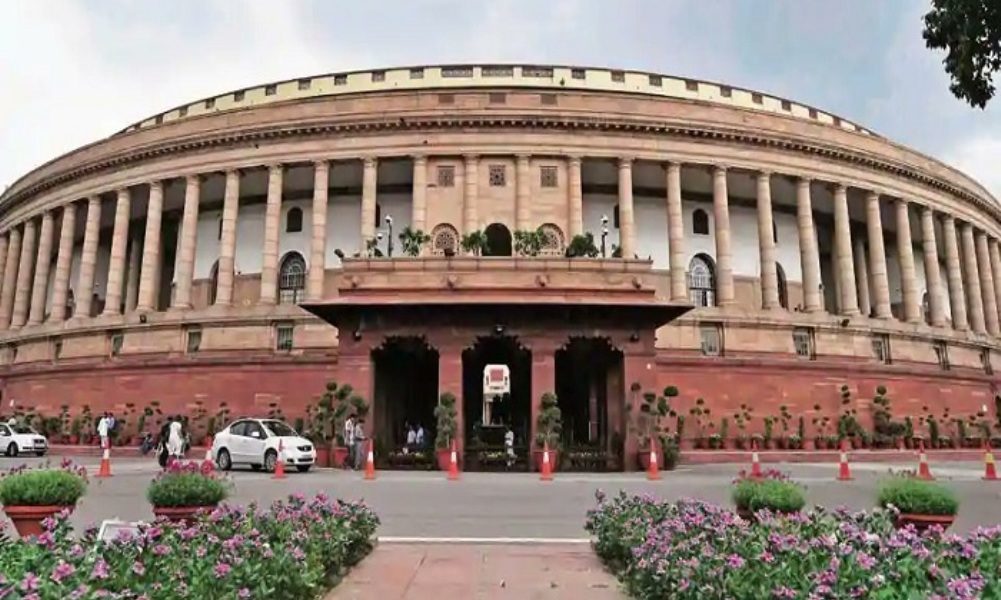Supreet Kaur
|
|
The President in the exercise of his powers under Article 123 promulgated Tribunal Reforms( Rationalisation and Conditions of Service) Ordinance, 2021. The Ordinance proposes to took away the jurisdiction of nine Appellate Authorities established under different Acts and transferred the power of hearing appeal to the High Courts. The Ordinance made certain changes in different Acts so as to bring efficiency in the working of existing Tribunals besides abolishing five Appellate Tribunals.
What are Tribunals?
Tribunals are quasi judicial bodies that hear appeals in special cases. These are set up so as to render quick justice as the regular courts are much burdened. For example, FCAT hears appeals against the decision of CBFC. So such appellate Tribunals are set up under various Acts.
Why are they being replaced?
It has been observed that the tribunals are inefficient. They hadn’t rendered quick justice due to inadequate staff and infrastructure.
Moreover various decisions of Supreme Court have criticized the system of sending direct appeals from Tribunals to Supreme Court [1]. Now the appeals would go to High Courts first.
Earlier in 2017, the number of Tribunals in India was reduced from 26 to 19 by Finance Act, 2017 by merging 7 Tribunals with the existing Tribunals.
Main Provisions of the ordinance:
I. Replacement of Appellate Tribunals:
(a)The Ordinance abolished these tribunals:
1.Film Certification Appellate Tribunal” under the “Cinematograph Act, 1952”.
2.“Airport Appellate Tribunal” under the “Airport Authority of India Act, 1994”.
3.“Intellectual Property Appellate Board” under the “Trade Marks Act, 1999”.
4.“Plant Varieties Protection Appellate Tribunal” under the “Protection of Plant Varieties and Farmers` Right Act, 2001”, and
5.Appellate Authorities under “Customs Act, 1962”, “Patents Act, 1970”, “Geographical Indications of Goods (Registration and Protection) Act, 1999”, and “Control of National Highways (Land and Traffic) Act, 2002.”
(b).The Ordinance took away the power of following appellate Tribunals to hear appeals and transferred the same to the High Courts. Earlier the appeal was filed to the concerned appellate Tribunal but now one can directly approach the High Court.
1. Appellate Tribunal under Cinematograph Act, 1952.
2.Appellate Board under Trade Marks Act, 1999.
3.Appellate Board under Copyright Act, 1957.
4.Authority for Advance Rulings under the Customs Act, 1962.
5.Appellate Board under Patents Act, 1970.
6.Airport Appellate Tribunal under Airports Authority of India Act, 1994 to: (i) Central government, (ii) High Court.
7.Airport Appellate Tribunal under Control of National Highways (Land and Traffic) Act, 2002.
8. Appellate Board under Geographical Indications of Goods (Registration and Protection) Act, 1999.
9. Protection of Plant Varieties and Farmers Rights Act
II. Tenure[3]: The Ordinance seeks to reduce the term of Chairperson and members of Tribunals to four years. This is against the Judgement of Supreme Court in Madras Bar Association v. UOI[4], where it was ruled that the term should be of atleast five years. Age of retirement of Chairperson is 70 years while for other members it is 67.
III. Appointment:
The Ordinance provides that the Chairperson and the members of the Tribunals would be appointed by a Committee to be known as Selection Cum Committee which would Consist of
(i) The Chief Justice of India, or a Supreme Court Judge nominated by him, as the Chairperson.
(ii) two Secretaries nominated by the central government
(iii) the sitting or outgoing Chairperson, or a retired Supreme Court Judge, or a retired Chief Justice of a High Court
(iv) the Secretary of the Ministry under which the Tribunal is constituted.
Reaction:
This action is both acclaimed and criticized. For instance, IPAB which was constituted to look into appeals and render quick resolution of disputes. But the Board has failed to do so and the no. Of pending cases increased instead of falling. Thus government is also trying to save its expenditure on inefficient Tribunals since IPAB lacks qualified persons and the adjudication of dispute is of poor quality as well.
Moreover film celebrities are also not happy with this move since earlier if any movie was banned they approach FCAT but now they have to go to court directly. FCAT has benefited the Film Industry in many ways.
The move is criticized on the ground that it is restoring the same position since Tribunals were set up to lower the burden of Courts but now the already overburdened courts have to look into the appeals.
-
S.P Sampath Kumar versus Union of India (1987) 1 SCC 124, L. Chandra Kumar versus Union of India (1997) 3 SCC 261, Roger Mathew versus South Indian Bank Limited (2020) 6 SCC 1 and Madras Bar Association versus Union of India and another (2020) SCC Online SC 962. ↑
-
partner, PSL Advocates and Solicitors
-
Section 184 of the Finance Act, 2017 has been amended to empower the Central Government to make rules for qualifications, appointment, term of office etc. ↑
-
2020 ↑

